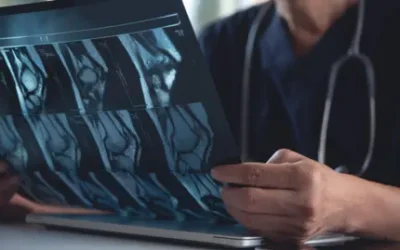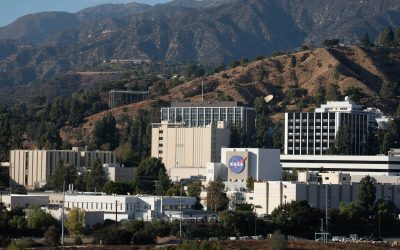A 31-year-old woman has been identified as the patient.
A woman presented for clinical evaluation after a long history of involuntary, intermittent bursts of laughter, described by physicians in her case report as “mirthless.” The patient stated these episodes had begun in infancy, yet her condition had never been formally investigated or diagnosed.
Prior to each incident, the woman reported a distinct sensation of dread manifesting in her neck and chest. During these uncontrollable laughing episodes, she found herself unable to speak or swallow, compounded by significant respiratory distress. The brief outbursts, each lasting mere seconds, typically presented once daily, most often shortly after she awoke in the morning.
As a child, the woman recounted experiencing frequent and prolonged bouts of laughter, each lasting several minutes. These episodes, which occurred up to seven times daily and sometimes while she was asleep, were not recognized by her parents as involuntary. Instead, her parents perceived the laughter as deliberate and would instruct her to stop. As she matured, the duration and frequency of these laughter spells significantly decreased.
Prior to the patient’s clinic consultation, brain imaging via MRI and electroencephalography (EEG) showed no irregularities. However, clinicians reviewing video recordings of her laughing episodes observed a strong resemblance to gelastic seizures. This specific form of seizure typically triggers involuntary bursts of laughter, giggling, or smirking, but can also manifest as grunting, mumbling, or lip smacking. The condition takes its name from the Greek word “gelastikos,” meaning laughter.
Gelastic seizures are commonly focal, stemming from unusual electrical activity concentrated in a specific brain region. A subsequent MRI scan pinpointed a 0.2-inch (5-millimeter) abnormality within the hypothalamus, a vital brain structure central to maintaining bodily homeostasis.
The medical diagnosis revealed the lesion to be a hypothalamic hamartoma, a non-malignant growth that forms during fetal development. A distinguishing characteristic of this condition is gelastic seizures, which manifest as sudden, involuntary bursts of laughter. Individuals experiencing these episodes remain fully aware but are powerless to control the laughter. The precise physiological reasons behind these lesions triggering such distinctive fits of giggling are not yet entirely understood.
The patient had previously undergone trials of levetiracetam and lamotrigine, anti-seizure medications commonly used for epilepsy, but these proved ineffective. Given the non-severe nature of her episodes, the woman ultimately decided against pharmaceutical treatment.
With no other behavioral or cognitive issues observed, and the attacks having progressively diminished in both severity and frequency, clinic physicians determined that no further medical intervention was necessary.
Hypothalamic hamartomas are a rare condition, characteristically presenting with cognitive and behavioral impairments when they do manifest. In children, these growths can lead to developmental delays or trigger an early onset of puberty, given the hypothalamus’s critical role in hormone regulation. Patients experiencing gelastic seizures due to these lesions frequently develop more severe forms of epilepsy and may later experience other types of seizures.
In a notably rare medical development, a patient suffering from epilepsy linked to hypothalamic hamartomas experienced a spontaneous and significant reduction in her symptoms, reaching a manageable level. Her physicians reported that this favorable progression represents the first known instance of such a benign outcome for this specific condition.
For more intriguing medical cases, check out our Diagnostic Dilemma archives.







